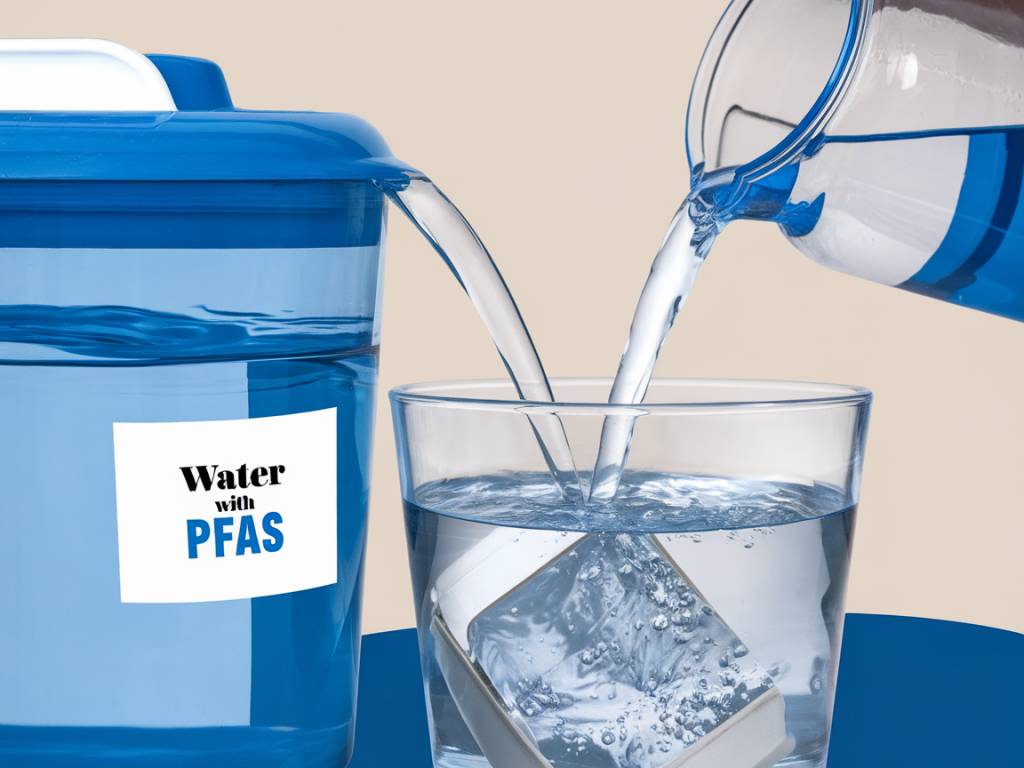In recent years, concerns about PFAS (per- and polyfluoroalkyl substances) contamination in our water systems have risen dramatically. These « forever chemicals » are notoriously difficult to remove and pose significant risks to our health and environment. But what exactly are PFAS, and how can we effectively filter them from our drinking water? Let’s dive into the world of water filtration and explore some effective methods to keep these unwelcome guests out of our glasses.
Understanding PFAS: What Are They?
PFAS are a group of man-made chemicals used in various industrial applications and consumer products such as non-stick cookware, stain-resistant fabrics, and firefighting foams. Due to their resistance to oil, water, and heat, they’ve been dubbed « forever chemicals » because they degrade extremely slowly in the environment and human body. Prolonged exposure to PFAS has been linked to adverse health effects including hormonal disruptions, cancer, immune system harm, and developmental issues in children.
Why Traditional Water Filters Aren’t Enough
Many households rely on basic water filtration systems to purify their drinking water. However, traditional filters, such as activated carbon filters commonly found in most kitchen pitchers or refrigerator water dispensers, are not very effective at removing PFAS. They might work wonders on chlorine and some metal particles, but PFAS often slip through the cracks. So, how can we ensure that our water is PFAS-free?
Reverse Osmosis: The Gold Standard
Reverse osmosis (RO) is often hailed as the most effective method to remove PFAS from drinking water. By forcing water through a semi-permeable membrane, RO systems can filter out a wide array of contaminants, including PFAS. These systems are generally installed under the sink, providing purified water through a separate tap. While highly effective, RO systems can be expensive and waste more water compared to other methods—typically, they use four gallons to produce one gallon of filtered water.
Is reverse osmosis worth the investment? For those serious about eliminating PFAS from their water, the answer is often yes. Plus, think of the sense of peace knowing each sip is free from those pesky chemicals.
Activated Carbon Filters: A Strong Contender
While basic activated carbon filters may not be enough on their own, advanced versions, particularly those using granular activated carbon (GAC), can significantly reduce PFAS levels. These filters work by adsorbing contaminants onto the surface area of the carbon. The key here is the contact time: the longer the water is in contact with the carbon, the better the results.
For optimal results, consider a filtration system that combines activated carbon with other filtration methods. By layering different technologies, you enhance the system’s ability to target a broader spectrum of contaminants.
Ion Exchange Resins: Swapping Toxins for Safety
Another effective method to combat PFAS is ion exchange. This process involves exchanging harmful ions in the water for less harmful ones using synthetic resins. An ion exchange filter can be integrated into a home water system to target PFAS along with other pollutants like nitrates and fluoride.
Ion exchange systems might not be the standalone solution but can be combined with carbon filtration or reverse osmosis to provide an additional layer of protection.
Combining Forces: Multi-Stage Filtration Systems
Why choose one method when you can have them all? Multi-stage filtration systems incorporate several layers of filtration, combining technologies like RO, activated carbon, and ion exchange. These systems offer a comprehensive approach, eliminating a higher rate of contaminants compared to singular methods.
While multi-stage systems can be more complex and costly, they offer the reassurance of tackling a broader spectrum of pollutants, making them an attractive option for health-conscious households.
Taking Action: Simple Steps for PFAS-Free Water
Feeling overwhelmed by the chemistry and technology talk? Don’t worry—achieving PFAS-free water doesn’t require a degree in science. Start by assessing your current water filtration system and research available upgrades that incorporate reverse osmosis, advanced carbon filtration, or multi-stage systems.
Next, read customer reviews and certifications to ensure the filter’s effectiveness against PFAS. Doing a little homework now can save significant health worries later. And remember, while no system may be 100% effective against all contaminants, any step towards reducing PFAS is a step in the right direction.
Ultimately, investing in a robust water filtration system is an investment in your health. As concerns over PFAS continue to grow, staying informed and proactive is key. After all, every drop counts!
